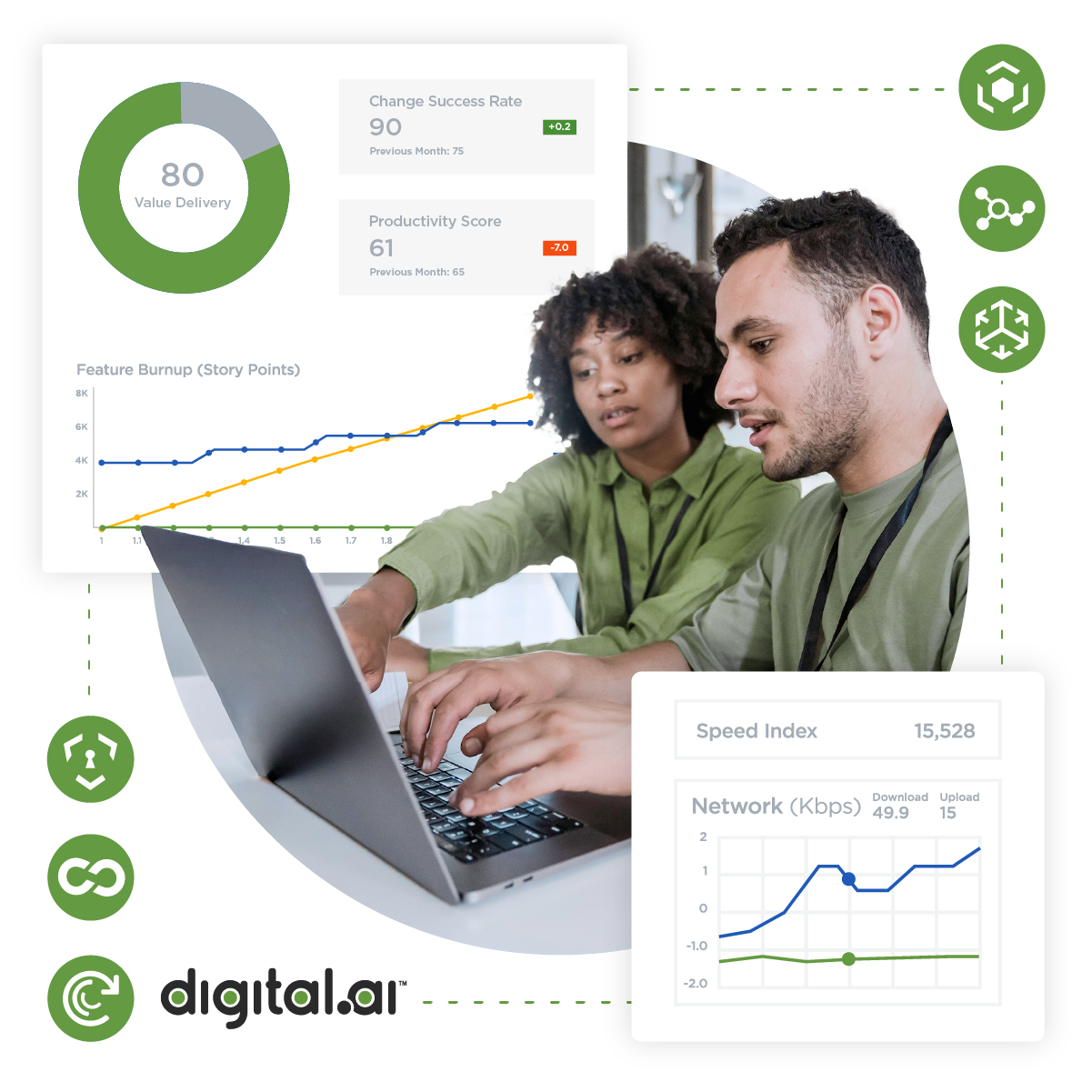Table of Contents
Related Blogs
Renowned American industrial designer and futurist Syd Mead once said, “Technology is the tool, not the answer.” He recognized the potential of technology and believed in leveraging it to enhance human life and solve problems. He cautioned against having technology replace human values and relationships.
In the world of cloud testing, it is important to recognize that testing itself is not the full solution. The true answer is effectively leveraging cloud testing to gain insights, identify defects, and optimize software using the cloud environment.
Cloud testing is more than a technical exercise. It is a strategic approach used to manage better the complexities of today’s web and mobile applications. The use of technology, in this case, is to extract data, analyze the patterns, and put that information towards making better decisions that will enhance the customer experience and influence positive business outcomes.
Syd Mead might have been considered a futurist, but he considered himself, first and foremost, a storyteller. His artwork and designs were responsible for some of the most influential science fiction movies of all time, like Bladerunner, Tron, and Aliens. Let’s look at the future of cloud testing through his lens and tell its story along the way.
“The future is not a matter of opinion; it’s a matter of design.”
Cloud testing as a methodology aims to evaluate software applications deployed, developed, or used in a cloud environment. It encapsulates different testing approaches like functional, performance, security, and accessibility, each tailored to the unique characteristics of cloud-based applications. Organizations are increasingly adopting cloud computing for their software development efforts, thus making cloud testing a more essential part of the SDLC. It is crucial to ensure the quality and reliability of web and mobile apps where scalability, performance, and security are paramount.
Cloud-native technologies, which are being adopted faster than ever, render previously well-documented software testing challenges even more complex. Leveraging these technologies requires organizations to shift away from traditional practices to adopt automated and agile approaches. DevOps practices also influence this shift towards cloud testing, as CICD pipelines require testing to integrate into the development process seamlessly.
Cloud testing is essential to ensure:
- Quality: Help identify and mitigate defects early in the development cycle, and ensure they do not impact customers by making it to production.
- Security: Focus is on identifying vulnerabilities in cloud-based web and mobile applications. Safeguarding sensitive data and protecting against cyberattacks is essential.
- Agility: Enable rapid and frequent testing cycles to support faster release velocity and allow organizations to respond to changing market conditions and user feedback.
“I’m not predicting the future; I’m designing it.”
Syd Mead was interested in creating beautiful futuristic designs and conveying ideas that could influence the course of technological advancement. Similarly, cloud testing is not only defect identification and mitigation. It is about proactively approaching web and mobile app design and innovations. Cloud testers are both predicting the future of software development and delivery while taking an active role in designing that future.
Let’s take a look at some of the ways this is being practically applied:
- Shifting to Continuous Testing: Cloud testing continuously progresses towards the continuous testing model, which integrates testing throughout the entire Software Development Life Cycle (SDLC) and ensures continuous testing for quality, performance, and accessibility compliance of applications.
- Increasing Use of Automation and AI: Automation is already playing a large role in cloud testing and will continue to be used to automate repetitive tasks. Freeing up testers to focus on more complex and strategic work is essential. At the same time, organizations are employing AI to analyze the reams of data generated by continuous testing, identifying anomalies, and providing predictive intelligence to make data-driven decisions.
- Focus on Performance Accessibility and Security: Cloud testing is continuing to prioritize optimization when it comes to security, performance, and accessibility; making sure that scalability is maintained; sensitive data in the cloud environment is protected; and accessible experiences are available to all users.
- DevOps Integrations: Cloud testing seamlessly integrates with DevOps practices and cloud platforms. It helps enable a unified approach to software development, delivery, and testing in the cloud.
- Evolving Testing Methods: As new methodologies emerge, cloud testing will adapt. These include microservices, containers, and serverless computing. It will require innovative testing methods and processes that must address the new challenges that will arise.
“The future is not inevitable. It’s in the hands of designers and thinkers.”
Mead felt that designers and visionaries were responsible for shaping the future. He saw that people have the power to use their creativity and imagination to design solutions to the world’s problems and use that to build a better future.
As cloud-native development rises and the need for agile and efficient software development and testing methodologies grows, we are seeing cloud testing enjoy a surge in popularity. Cloud environments are becoming increasingly complex with the introduction of new technologies like:
- Microservices: The architectural approach to software development involves building web and mobile apps as small independent services. Developers assign each service-specific responsibilities and develop and deploy them independently.
- Containers: Provide a standardized way to package and deploy applications, enabling seamless migration between environments. They are lightweight and self-contained, bundling code and dependencies together.
- Serverless Computing: An execution model where servers are provisioned dynamically and allocated by the cloud provider. It simplifies development and reduces operational overhead by allowing developers to focus on writing and deploying code without infrastructure concerns.
In the future, cloud testing will see increased intelligence, automation, and full integration into the SDLC. AI-powered test creation and self-healing, along with integration into DevOps tools, are important trends that will drive the evolution of cloud testing.
Organizations stay ahead of the cloud testing curve by embracing continuous learning and adaptation. They stay up to date with new technologies while embracing emerging methodologies and practices and ensuring their development and testing teams stay well-trained. These strategies ensure that cloud testing practices stay effective and aligned with the constantly changing demands of cloud-based software development and delivery.
“We must design our future through the tools of the present.”
Syd Mead believed the choices we make shape the future. This is especially true in the world of software development and delivery. Developers and testers use tools to build, test, and deploy their web and mobile applications, and we, too, can use our tools like creativity and imagination to build the future we want.
As cloud testing transforms software development and delivery, it revolutionizes the approach to testing cloud-based applications. The power of advanced testing tools and cloud infrastructure stability enables organizations to become more agile than ever while delivering flawless applications at speed and scale. It helps transform the entire software testing process to maximize efficiency and effectiveness while giving developers the time to innovate. We are at the point where cloud testing is no longer optional or aspirational; instead, it is necessary to help organizations boost their customer satisfaction and stay ahead of their competition.
Syd Mead’s general outlook on science fiction calls upon people to use the tools of the present to take ownership of the future. He believed in a world aligned with our highest aspirational values and dreams. His work reminds us that the future is not something that happens passively. It is something that we create.
Are you ready to scale your enterprise?
Explore
What's New In The World of Digital.ai
Guide: Mobile Automation with Appium in JavaScript
Learn to automate mobile apps with Appium and JavaScript. Our guide includes setup, test writing, and advanced features to streamline your testing process.
Digital.ai Testing Now Supports iOS 26 Beta
Digital.ai Testing now supports iOS 26 (Beta). Discover the new features and see how it works with a demo below.
Beyond Automation: How AI is Transforming Enterprise Software Delivery
Discover how AI in software delivery is revolutionizing enterprise software by automating tasks, enhancing UX, and transforming the SDLC.




